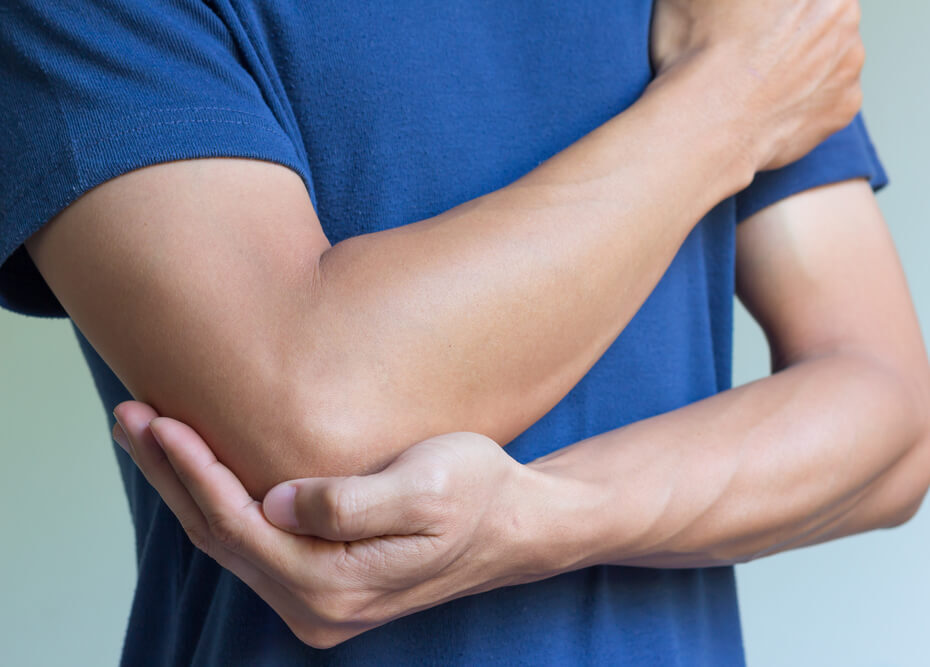Pain is a universal experience, but not all pain is created equal. Understanding the nuances between joint and bone pain can empower you to take charge of your well-being. But what are the key differences, common causes, and simple ways to distinguish between these two types of discomfort? Let’s find out!
The Basics of Joint Pain
Joint pain is a common complaint affecting people of all ages. Joints are the connections between bones, facilitating movement and flexibility. When joint pain strikes, it often manifests as discomfort, swelling, or stiffness. Common causes include arthritis, injuries, or overuse.
Key characteristics of joint pain:
- Location: Joint pain typically centres around where two or more bones meet.
- Nature: It might be described as a dull ache, sharp pain, or a sensation of stiffness.
- Triggers: Activities like movement, weight-bearing, or weather changes can exacerbate joint pain.
Bone Pain
On the flip side, bone pain is rooted in the bones themselves, which make up the structural framework of our bodies. Bone pain can result from various factors, such as fractures, infections, or tumours. Recognising bone pain is crucial for accurate diagnosis and timely intervention.
Key characteristics of bone pain:
- Location: It is often deep and centralised, emanating from the bones.
- Nature: Bone pain is commonly described as aching or throbbing and may intensify with pressure or movement.
- Triggers: Fractures, infections, or underlying medical conditions can contribute to bone pain.
Distinguishing Between the Two
Now that we’ve laid out the basics, let’s explore how to differentiate between joint and bone pain. Understanding these distinctions can help you communicate effectively with professionals and seek appropriate care.
- Movement Sensitivity: Joint pain tends to worsen with movement, as the affected joint is put under stress. On the other hand, bone pain may be more constant and less dependent on movement.
- Localized vs. Diffuse: Joint pain often stays confined to the specific joint area, while bone pain can radiate and be felt over a larger surface.
- Accompanying Symptoms: Consider other symptoms you may be experiencing. Joint pain may be accompanied by swelling, redness, or limited range of motion. Bone pain, depending on its cause, might come with additional symptoms like fever or unexplained weight loss.
- Pain Onset: Joint pain can develop gradually, especially in conditions like arthritis, whereas bone pain may have a sudden onset, especially in the case of fractures.
Common Culprits
Understanding the potential causes of joint and bone pain can further aid in differentiation. While joint pain is commonly linked to arthritis, bone pain may arise from fractures or underlying medical conditions like osteoporosis or bone infections.
- Arthritis: A leading cause of joint pain, arthritis encompasses various conditions like osteoarthritis and rheumatoid arthritis, affecting the joints’ cartilage and causing inflammation.
- Fractures: Bone pain often stems from fractures, which can result from accidents, falls, or overexertion.
- Osteoporosis: This condition weakens bones, making them more susceptible to fractures and associated pain.
Seeking Help and Relief
If you grapple with persistent joint or bone pain, seeking professional advice is crucial. An orthopaedic professional can conduct a thorough examination, order diagnostic tests, and recommend a tailored treatment plan. This may include medications, physical therapy, lifestyle modifications, or, in severe cases, surgical intervention.
Distinguishing between joint and bone pain is a valuable skill for bodily discomfort. With this knowledge, you can engage in informed discussions with professionals, paving the way for accurate diagnoses and effective management strategies. Remember, your body communicates with you through pain – listen, understand, and take proactive steps towards a healthier, pain-free life.
















